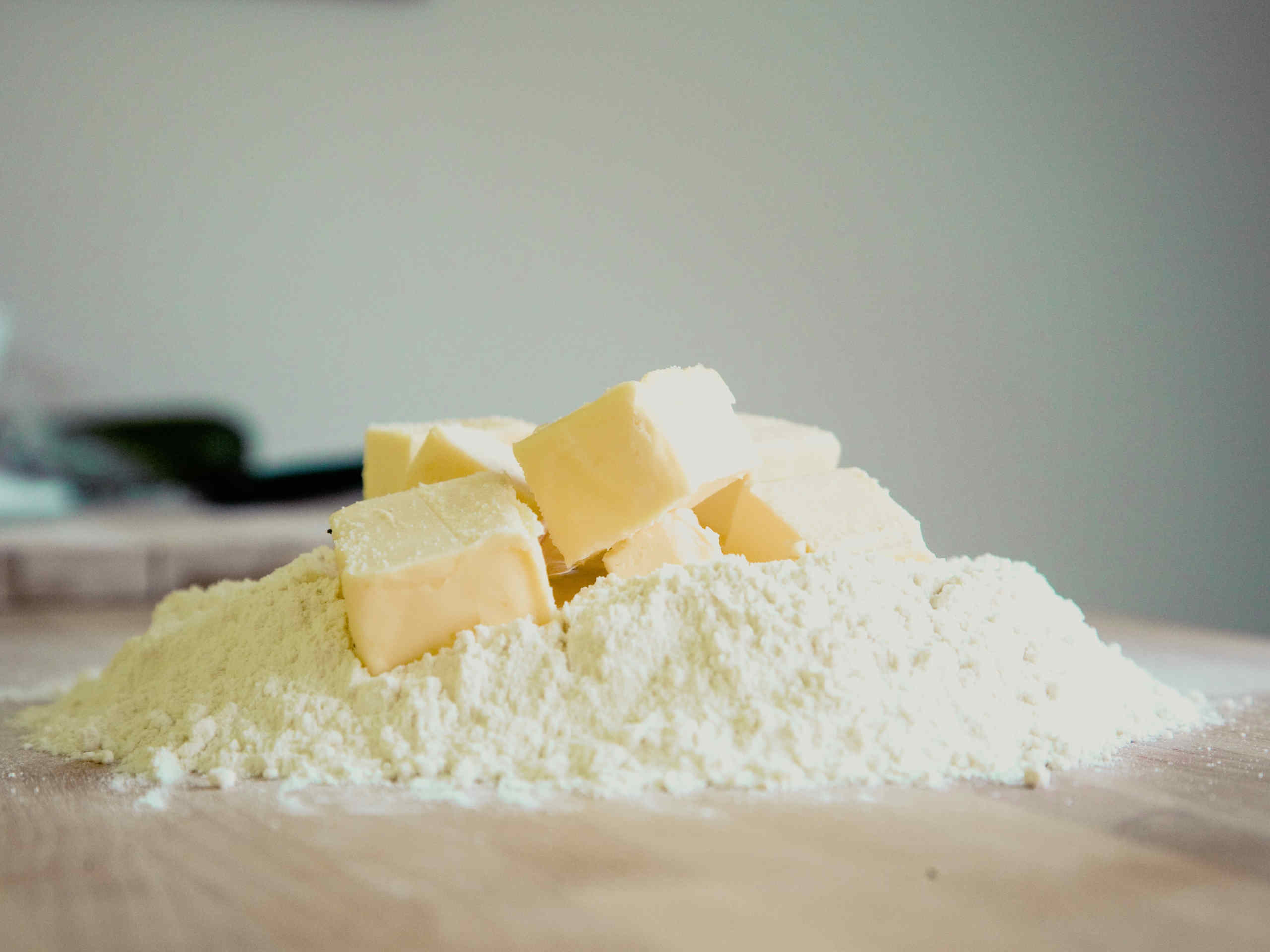Gluten-free flour mix
Welcome to the wonderful world of gluten-free baking! Everyone who suffers from an intolerance or allergy knows the problem: sometimes enjoyment falls by the wayside because flours cannot always be easily replaced by gluten-free alternatives. If you’re looking for a versatile and healthy alternative to classic wheat flour, then you’ve come to the right place. In this recipe, we will show you how to make your own gluten-free flour mix that is perfect for making cakes and bread.
Our gluten-free flour mix is not only a great option for people with gluten intolerance, but also for anyone looking for a healthier and more versatile alternative. With different quantities to choose from, it will be a breeze to replace conventional wheat flour in your favourite recipes.
Whether you’re making cakes, breads, muffins or other baked goods, our gluten-free flour mix will give you the freedom to enjoy delicious gluten-free treats without sacrificing taste or texture.
Conjuring up gluten-free alternatives is not so easy, as you have to replace the baking properties of gluten.
But what are gluten actually?
Gluten is a fascinating protein found in many grains, mainly wheat, barley and rye. It consists of two main proteins: glutenin and gliadin. This protein is key to the characteristic elasticity and texture we love in many baked goods such as bread, cakes, and pastries.
The role of gluten in dough is extremely important. When water comes into contact with flour-containing grains, it creates a kind of sticky dough. Gluten proteins are responsible for forming this sticky mass. This is crucial because gluten in dough fulfils a number of important functions:
Gluten in dough performs a number of important functions:
- Elasticity: Gluten forms a network of proteins that gives the dough its elasticity. This allows the dough to expand and rise as it rises, creating an airy, fluffy texture.
- Structure: Gluten contributes to the structural stability of baked goods. It helps maintain the shape of the dough and prevents collapse during baking.
- Moisture retention: Gluten helps the dough retain moisture, which helps make the final product moist and not dry.
Although gluten plays an important role in many baked goods, there are people who suffer from coeliac disease or have a gluten intolerance. For them, eating gluten can lead to serious health problems. For this reason, the development of gluten-free alternatives and flour blends such as rice flour, almond flour or corn flour is of great importance. These alternatives often require additional binders and stabilisers to compensate for the lack of elasticity and structure.
In the world of baking, it is fascinating to see how different flours and binders can be combined to create delicious gluten-free baked goods that offer the same quality and taste as their gluten-containing counterparts. With the flour mix below, nothing stands in the way of gluten-free enjoyment!
Preparation time: 10 minutes

INGREDIENTS
Ingredients four 1 kg flour
- 600 g rice flour
- 300 g corn starch or potato starch
- 40 g locust bean gum
- 30 g psyllium husks
Ingredients four 500 g flour
- 300 g rice flour
- 150 g corn starch or potato starch
- 20 g locust bean gum
- 15 g psyllium husks
Ingredients four 250 g flour
- 150 g rice flour
- 75 g corn starch or potato starch
- 10 g locust bean gum
- 10 g psyllium husks